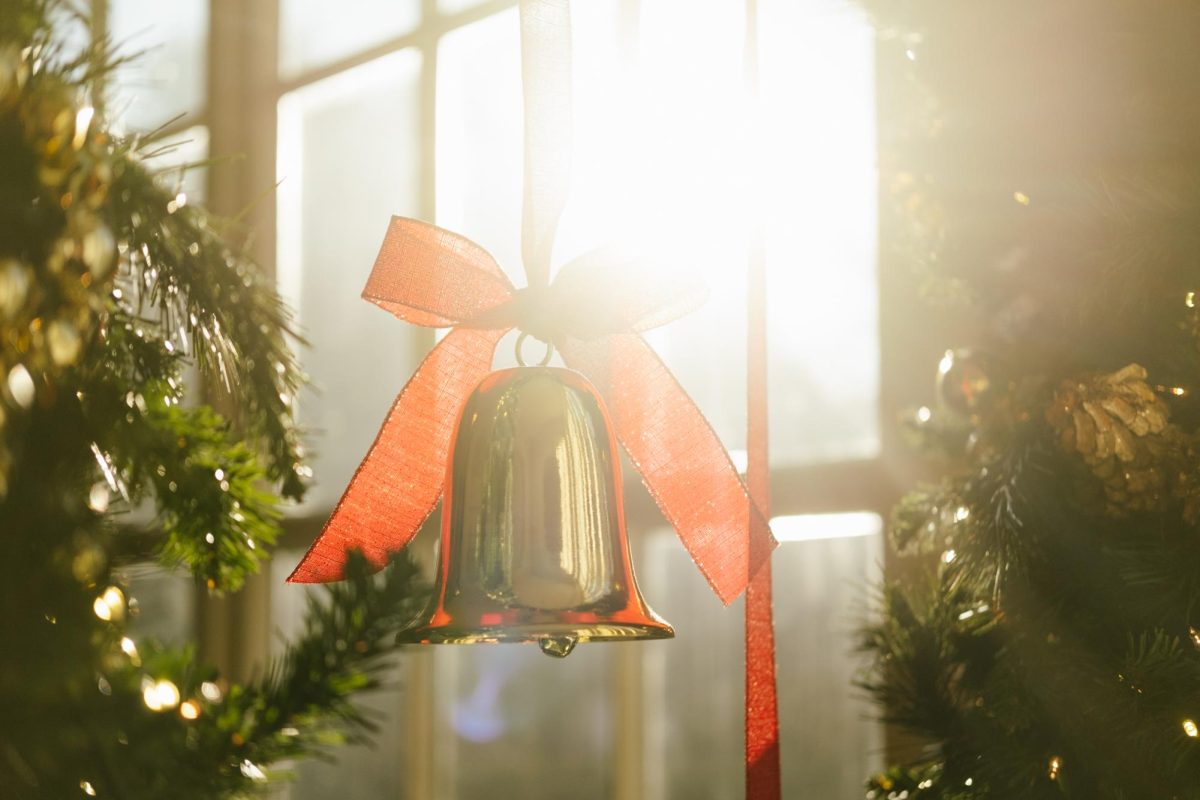Mexican artist Frida Kahlo’s self-portraits depict a familiar face constructed by the artist’s own brush strokes.
A new exhibit at Artisphere examines Kahlo through someone else’s eyes, through the lens of a camera, portraying the Mexican artist in a new and different light. The exhibit is only a small portion of a greater collection of newly uncovered photographs, notes and trinkets kept under lock and key after her death.
Kahlo’s husband, fellow artist Diego Rivera, died three years after Kahlo in 1954. In his will, he requested that his collection of Kahlo’s photographs and other ephemera be stored in a sealed trunk at their home, “La Casa Azul,” in Coyoacán, a neighborhood of Mexico City.
The images were ultimately kept under lock at Kahlo’s home for 50 years. In 2007, photographer Pablo Ortiz Monasterio was then hired to sift through the 6,400 images and curate a collection for public display.
“The initial spark that connected us with Coyoacán was that it is our sister city, so there was a partnership there. As well as this, Kahlo is one of the most well-known and iconic female artists of the 20th century, so initially there was a great interest there for us,” Artisphere communications and marketing director Annalisa Meyer said. “Then there was this opportunity to have photographs which have never been seen before in the United States, this is the only spot they will be shown before going back to Coyoacán.”
The exhibit is also of significance for the arts center, which opened in 2010. Not only are the images highly skilled facsimiles, but they also illustrate a key period in the history of photography, when the importance of the snapshot was key.
Most importantly, they bring a new light to the complicated and tumultuous life of Kahlo.
The exhibition groups the images into six themes: “Origins,” “The Blue House,” “The Broken Body,” “Loves,” “Photography” and “Diego’s Eye.” Together, they show scenes from Kahlo’s daily life, as well as portraits of her companions, her lovers and her home. The collection also includes a large portion of photos that were collected by Kahlo, some illustrating her Soviet heroes Vladimir Lenin, Leon Trotsky and Joseph Stalin. Others show revolutionaries, federal forces and Soviet workers. Kahlo herself was an unabashed communist and befriended Trotsky after he received political asylum in Mexico in the late 1930s.
Kahlo’s presence in the collection is palpable. Museum-goers can see the ways in which her hand has physically manipulated many of the images, whether it is via small notes written on the reverse side of photographs or the cutting of faces and individuals from group portraits. One of the most iconic images of the collection is a portrait of Rivera, which she then smeared with a lipstick kiss.
“You can see in these images a person who was exceedingly warm, who loved her family, loved many different cultures, embraced life and tried to live life to the fullest despite the pain she was in,” curator of the exhibit Cynthia Connolly said. “They are a true inspiration.”
A group of emotional images show Kahlo before her tram accident in 1925, which left her bedridden for several months along with a broken pelvis and permanent spinal damage. These images show her happy and comfortable, an unusual contrast from the typically stoic portraits which often dictate the pain felt after her accident.
Other events to complement the exhibition throughout its duration include a Robert Rodriguez film series and a performance by electro-dance disk jockey Camilo Lara of the Mexican Institute of Sound on March 17. “Frida Kahlo: Her Photos” is on display through March 25.






